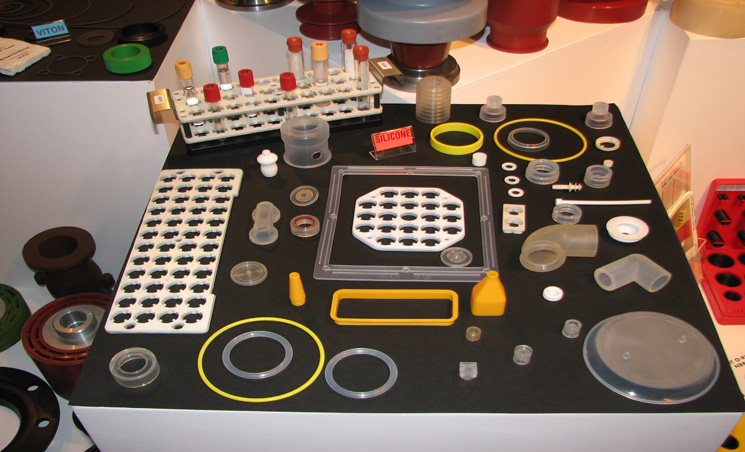Liquid Silicone Rubber Thermal Conductivity
Silicone rubber is an elastomer rubber like material composed of silicone itself a polymer containing silicon together with carbon hydrogen and oxygen silicone rubbers are widely used in industry and there are multiple formulations.
Liquid silicone rubber thermal conductivity. Key properties include thermal stability chemical stability electrical insulation and low toxicity. Silicones are polymers with a si o si backbone. There are different types depending on functional groups in the structure and curing mechanisms. New carbon materials 2020 35 1.
2 2 4 silicone rubber sir silicone rubber sir is an elastomer composed of silicone containing silicon carbon hydrogen and oxygen in the form of a polymer. Main applications are flexible seals o rings etc. Thermal conductivity 9 flame retardancy 9 electrical conductivity 9 compression set 10 flex fatigue resistance 10 tear strength and tensile strength 11. Silicone rubber unfilled 0 2 glass 1 1 stainless steel 15 aluminium 220 table 1 thermal conductivity of common substances as can be seen a typical unfilled silicone rubber has a thermal conductivity of approximately 0 2 w m k and even a highly filled silicone elastomer can barely exceed 0 4 w m k.
4 as a function of the weight fraction of the fillers. Silicone rubbers are often one or two part polymers and may contain fillers to improve properties or reduce cost. Untreated silicone in gel or liquid form will convert to solid after curing. Song in progress in rubber nanocomposites 2017.
November 1 2001 clemens j. Silicone rubber can be immersed in water cold water warm water boiling water for long periods with water absorption of about 1. Lasance articles design materials compounds adhesives substrates test measurement elastomer rubber technical data thermal conductivity in the may 2001 issue this column discussed the thermal conductivity of unfilled plastics. For many years the.
The thermal conductivity of silicone rubber is higher in comparison with common organic rubbers. Although thermal conductivity increases with higher viscosities it becomes nearly constant at viscosities above 100 mm 2 s. Carbon infused silicone rubber is preferred to meta filled organic rubber because of overall better mechanical performance. Jia long lin et al.
The thermal conductivity of dimethyl silicone fluid is lower than that of common organic compounds nearly the same as that of benzene and toluene and is roughly 25 that of water. When the material contains a high amount of inorganic fillers the conductivity can be improved twice which makes the material adequate for thermal interface sheets and heating rollers.




.jpg)











